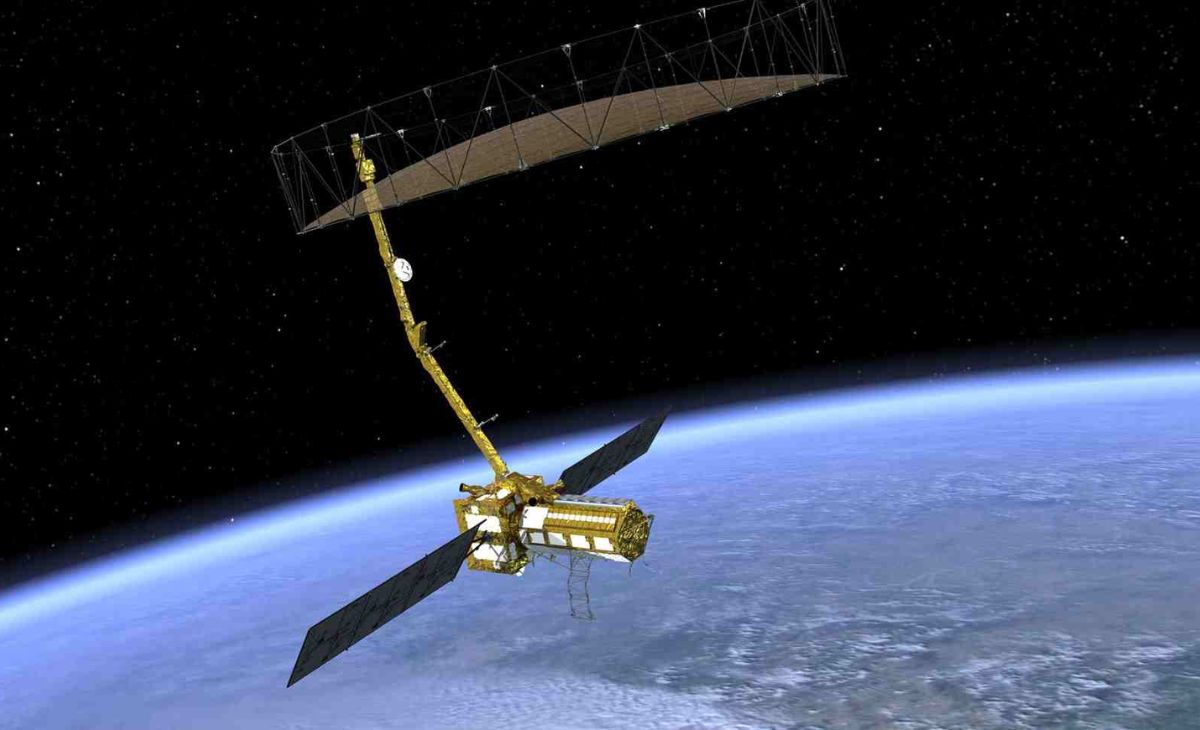NASA is nearing the completion of the radar antenna reflector for the NISAR (NASA-ISRO Synthetic Aperture Radar) satellite, with tests underway in California to ensure proper deployment post-launch. This collaborative mission with the Indian Space Research Organisation (ISRO) will involve the drum-shaped reflector, which is approximately 39 feet in diameter and crucial for the satellite’s data collection capabilities. The reflector recently returned from India to a specialized facility in California, where measures were taken to manage temperature increases that could affect its deployment. After testing, the reflector will be sent to an ISRO facility in Bengaluru for reintegration with the radar system, and a launch readiness date will be established by ISRO and NASA. However, the launch cannot occur between early October 2024 and early February 2025 due to potential temperature fluctuations that could impact deployment.
5 Major Key Points
- Reflector Completion and Testing: NASA is close to completing the radar antenna reflector for the NISAR satellite and is conducting tests in California to ensure it deploys correctly post-launch.
- Collaborative Mission: The NISAR mission is a collaborative effort between NASA and ISRO, with the drum-shaped reflector being a significant NASA contribution.
- Reflector Specifications: The reflector is approximately 39 feet (12 meters) in diameter and will transmit and receive microwave signals, enabling the satellite to scan almost all of Earth’s land and ice surfaces.
- Reflector Reentry and Preparations: After returning from India, the reflector underwent preparations to manage temperature increases that could affect its deployment.
- Launch Coordination and Schedule: The reflector will be sent to ISRO’s Bengaluru facility for reintegration, and a launch readiness date will be set by ISRO and NASA. The launch cannot be scheduled between early October 2024 and early February 2025 due to potential temperature-related deployment issues.




